Bumpers Components
80 products
Showing 73 - 80 of 80 products
Understanding Bumper Components: The Backbone of Car Safety
Bumpers are crucial safety components in modern automobiles, serving as the first line of defense during low-speed collisions. These protective structures are designed to absorb and distribute impact forces, reducing damage to the vehicle's body and minimizing injuries to occupants. Understanding the various bumper components is essential for grasping the intricate engineering that goes into ensuring car safety. In this article, we will explore the key bumper components and their functions in preserving the integrity of the vehicle and safeguarding its occupants.1. Bumper Cover
The bumper cover, also known as the bumper fascia, is the visible outer shell of the bumper system. Made from durable and impact-resistant materials like plastic or fiberglass, it is designed to be both aesthetically pleasing and aerodynamically efficient. The bumper cover provides an attractive front and rear appearance to the vehicle while also protecting the underlying bumper components from dirt, debris, and weather conditions.2. Energy Absorbers
Positioned behind the bumper cover, the energy absorbers are crucial elements for crash protection. These are typically made of foam, plastic, or composite materials designed to absorb impact energy during a collision. Energy absorbers work by compressing upon impact, dissipating and redirecting the force away from the vehicle's occupants. This process helps minimize the severity of the collision and reduces the risk of injuries.3. Reinforcement Bars
Reinforcement bars, also known as impact bars, are sturdy metal components positioned beneath the energy absorbers. Their primary function is to enhance the bumper's structural integrity and strengthen its ability to withstand and disperse crash forces. These bars are usually made of steel or aluminum and are strategically shaped and positioned to provide optimal support and rigidity to the bumper system.4. Bumper Brackets
Bumper brackets are metal brackets that secure the bumper assembly to the vehicle's frame. These brackets play a crucial role in maintaining the correct alignment and positioning of the bumper components. In the event of a collision, the brackets help distribute impact forces evenly across the vehicle's structure, preventing concentrated damage to a single area.5. Bumper Reinforcement Beams
In some vehicles, particularly larger ones like SUVs and trucks, additional bumper reinforcement beams are installed. These beams are designed to further enhance the bumper's structural integrity and ensure maximum protection during high-energy impacts. Typically made from steel or aluminum, they add an extra layer of reinforcement to the bumper system.6. Crash Sensors and Bumper Systems Integration
With advancing automotive technology, many modern vehicles are equipped with crash sensors and integrated bumper systems. Crash sensors, often utilizing accelerometers and other advanced technologies, detect the severity and type of impact. These sensors send data to the vehicle's airbag control unit, which determines the appropriate response to protect occupants, including deploying airbags and seatbelt pretensioners.Bumpers are more than just decorative elements on a car; they are critical safety components designed to protect both the vehicle and its occupants during low-speed collisions. The synergy between bumper covers, energy absorbers, reinforcement bars, brackets, and, in some cases, reinforcement beams creates a robust bumper system that effectively absorbs and redirects impact forces away from the passenger compartment. Understanding the role and function of each bumper component highlights the impressive engineering behind car safety and emphasizes the importance of these elements in ensuring safer roads for everyone.
Showing 73 - 80 of 80 products
Display
View

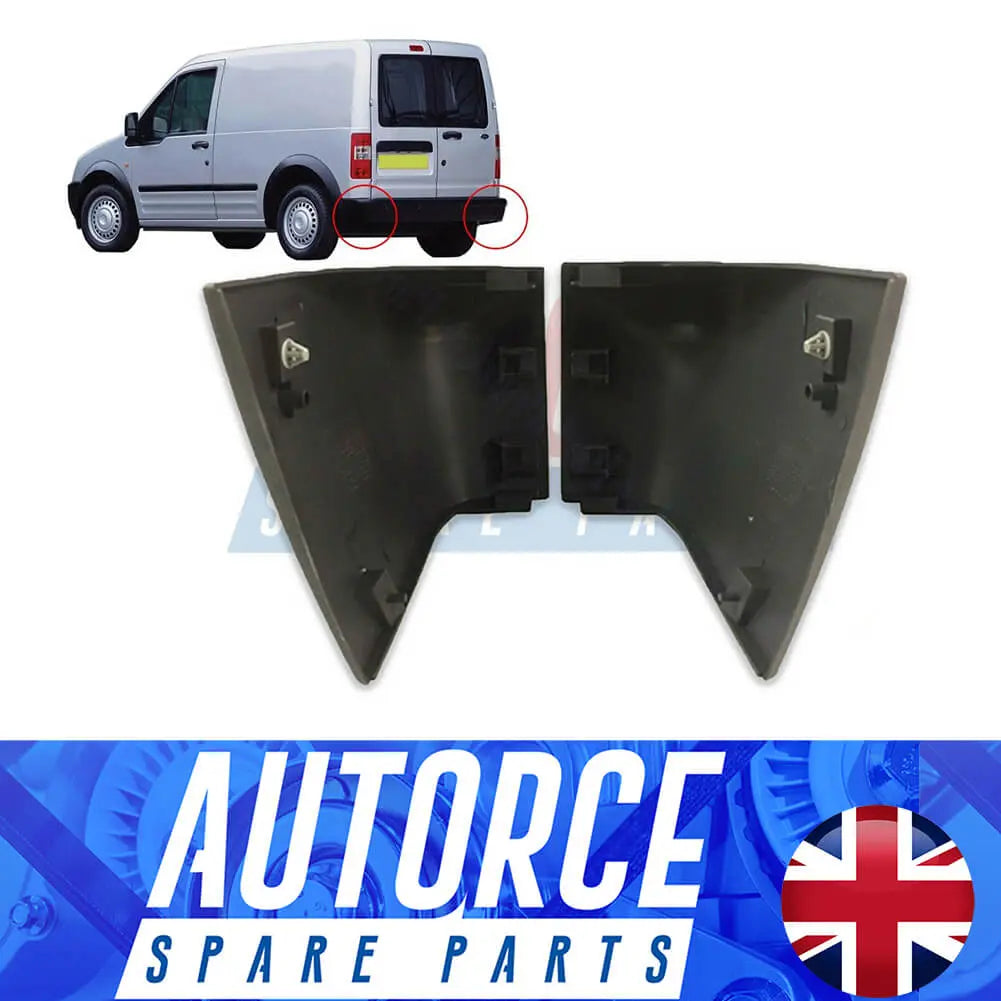
Rear Bumper Corner End Cap Left Right Side For Ford Tourneo Connect (2002 - 2013) 2T1417926ADYBB4, 2T1417927ADYBB4
In stock, 50 units
Sale price£16.90
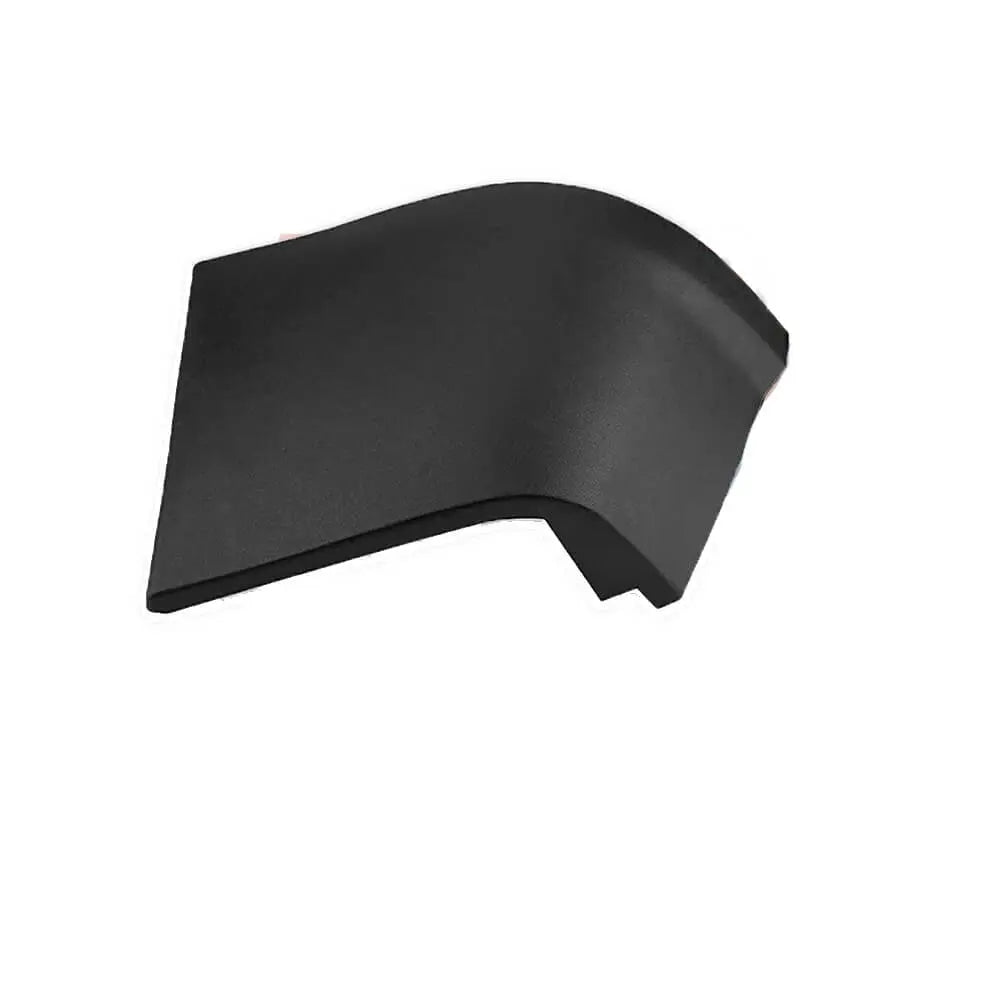
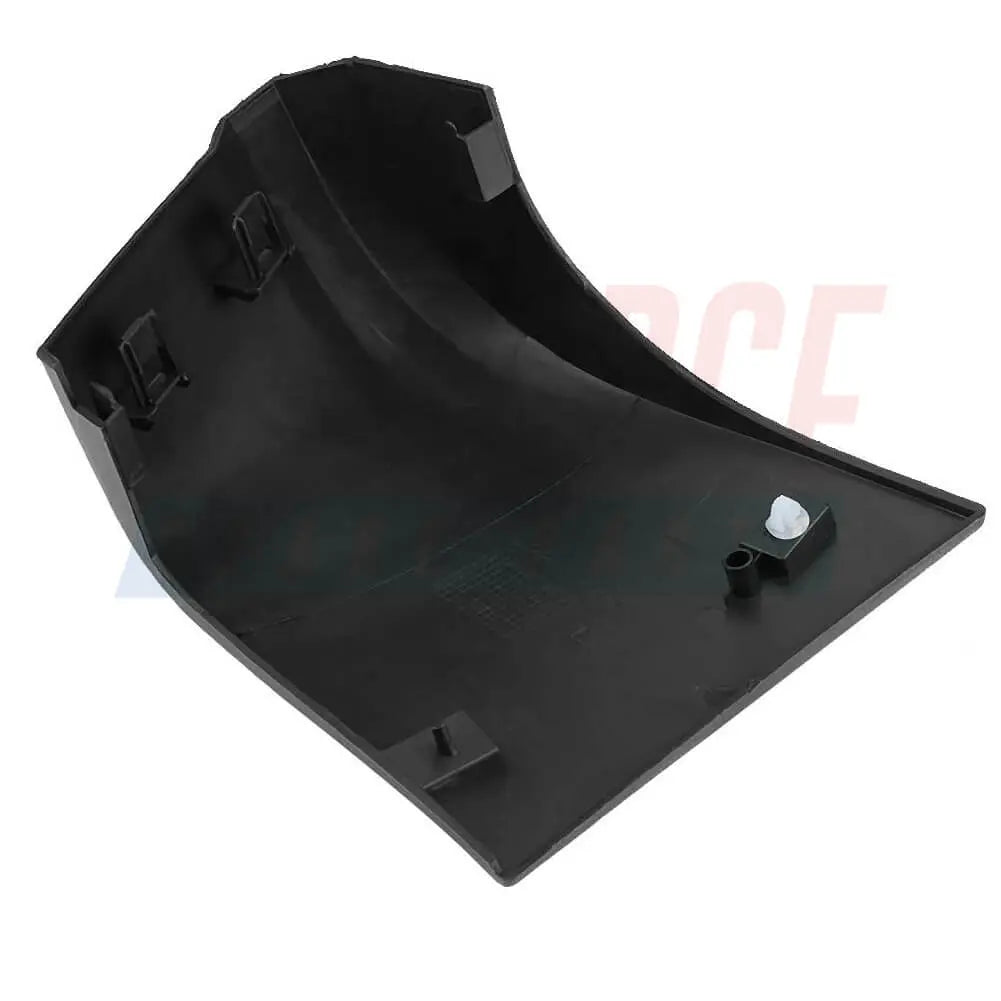
Rear Bumper Corner End Cap Left Side For Ford Tourneo Connect (2002 - 2013) 2T1417927ADYBB4, 4420160, 1387174
Only 3 units left
Sale price£9.99


Rear Bumper Corner End Cap Right Side For Ford Tourneo Connect (2002 - 2013) 2T1417926ADYBB4, 4420160, 1387174
In stock, 50 units
Sale price£9.99
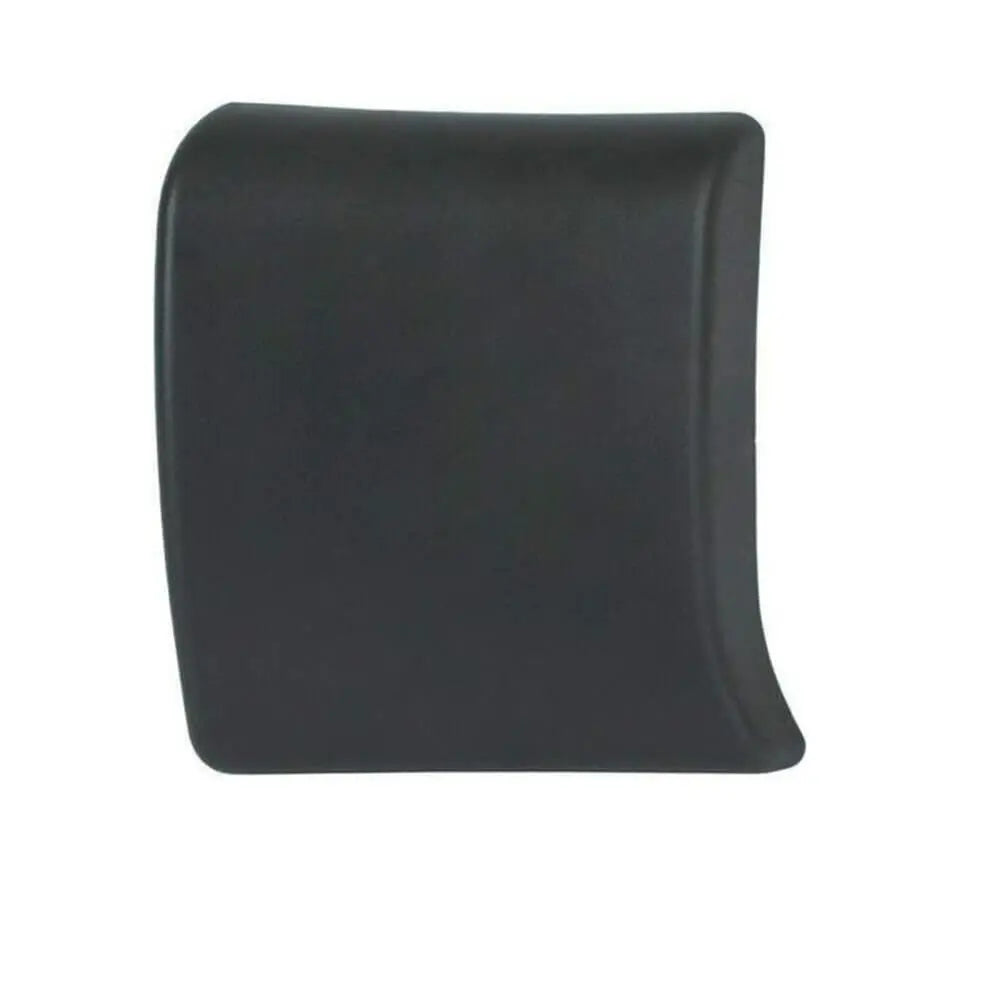
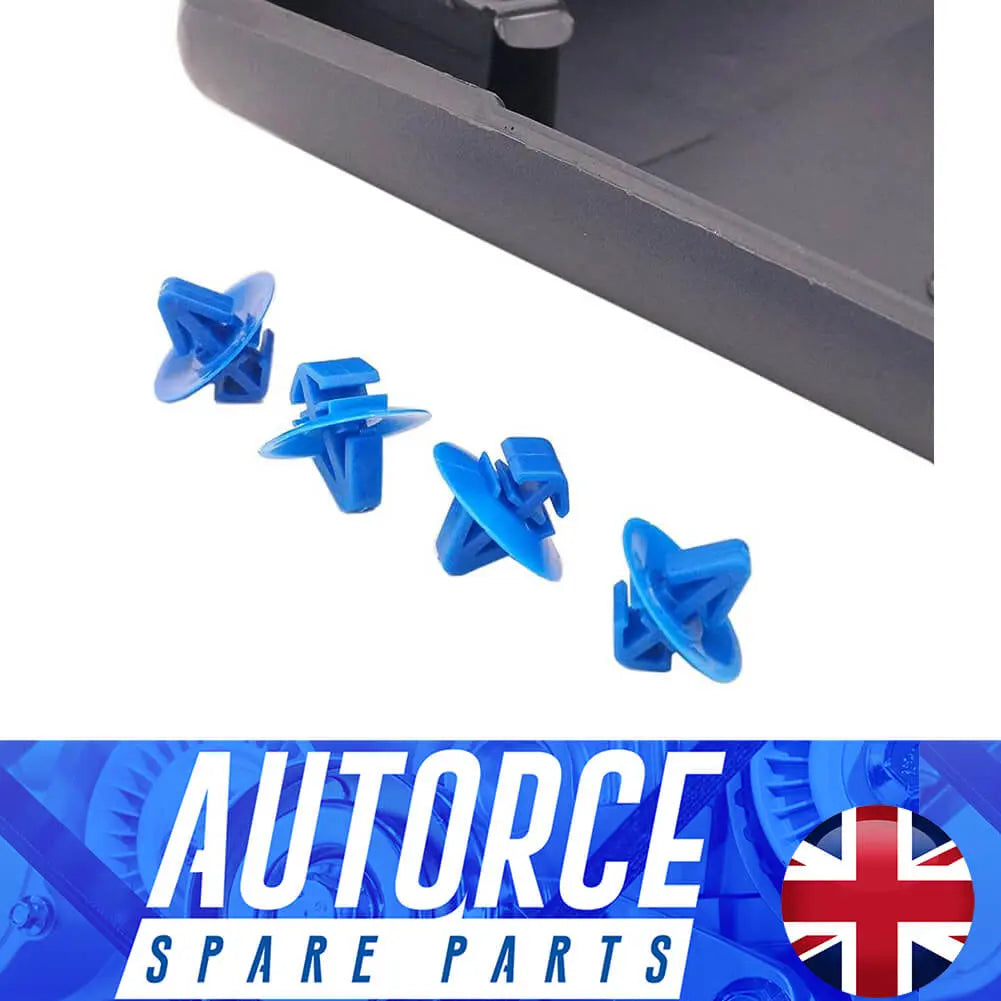
Side Door Pillar Moulding Trim Right For Renault Trafic II (2001 - Onwards) 8200036101, 8200036105, 8200326370, 91165349
In stock, 50 units
Sale price£14.90
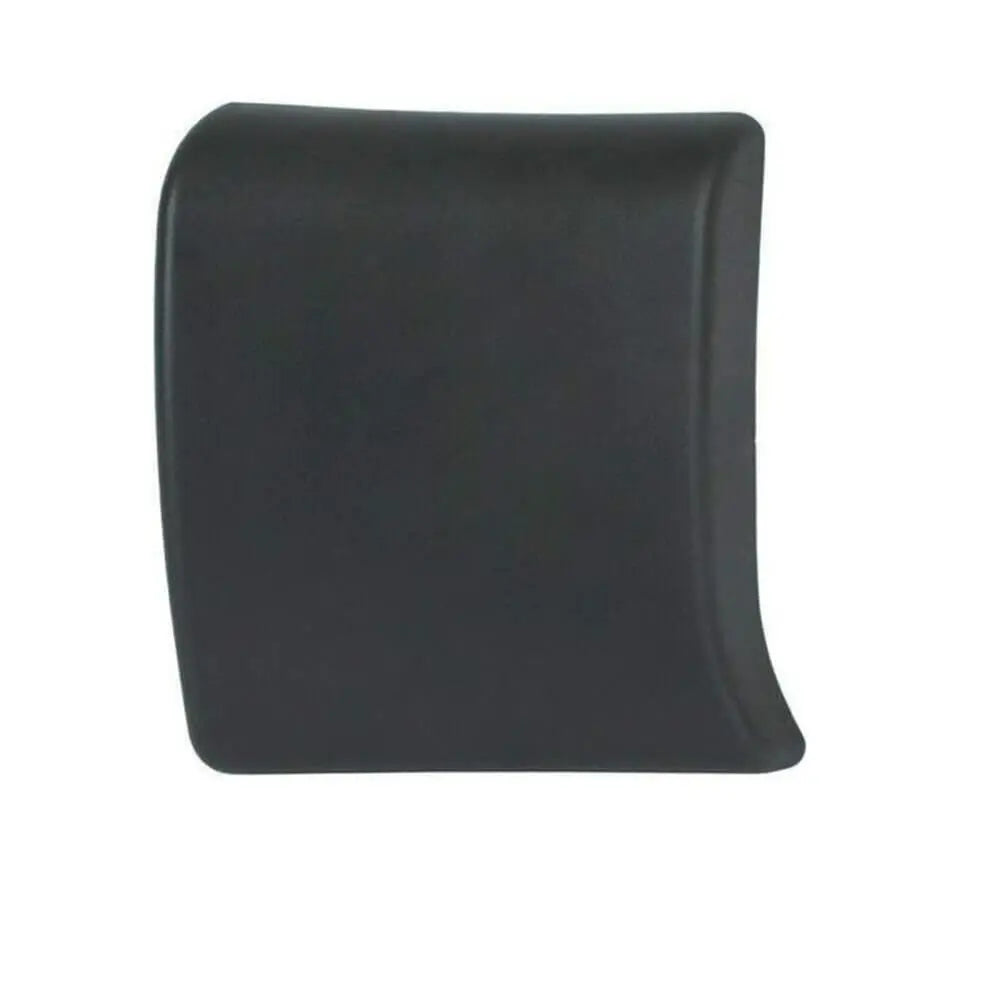
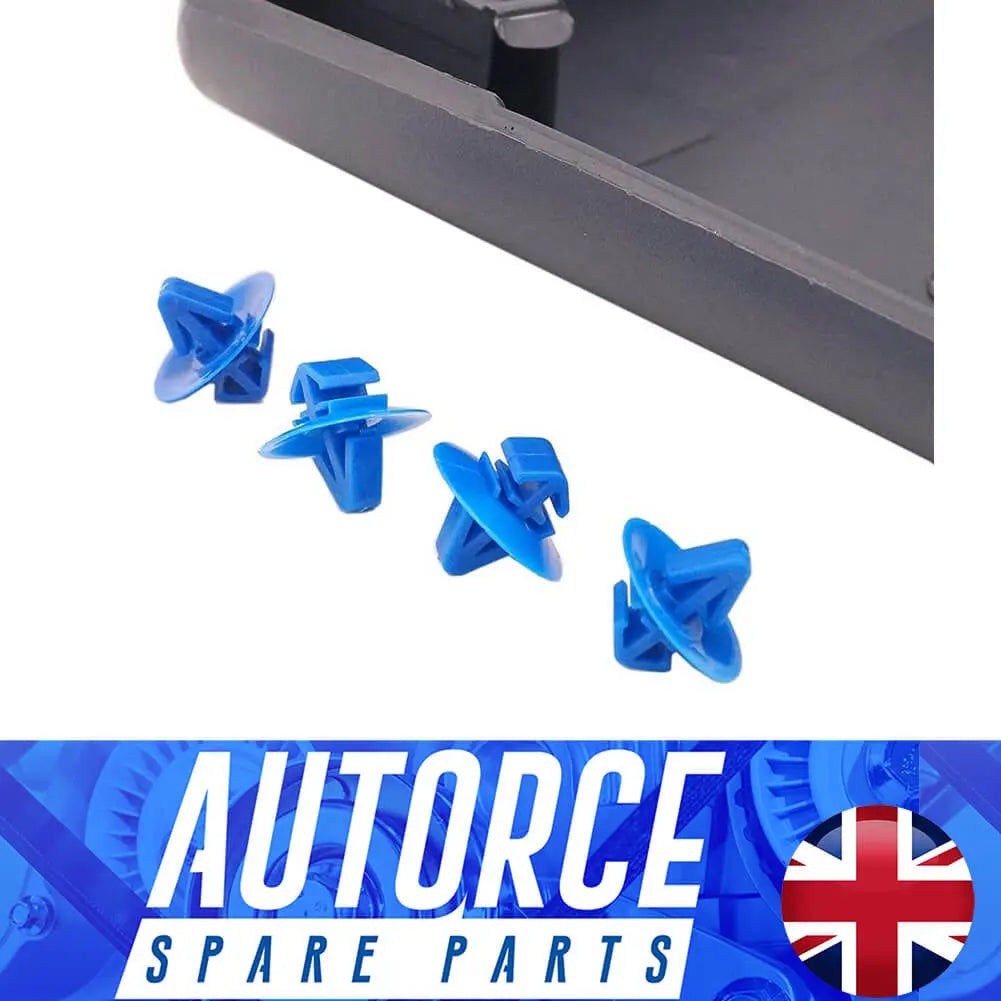
Side Door Pillar Moulding Trim Right For Opel Vivaro (2001 - Onwards) 93852554, 91165349, 8200036105, 8200326370
In stock, 50 units
Sale price£14.90

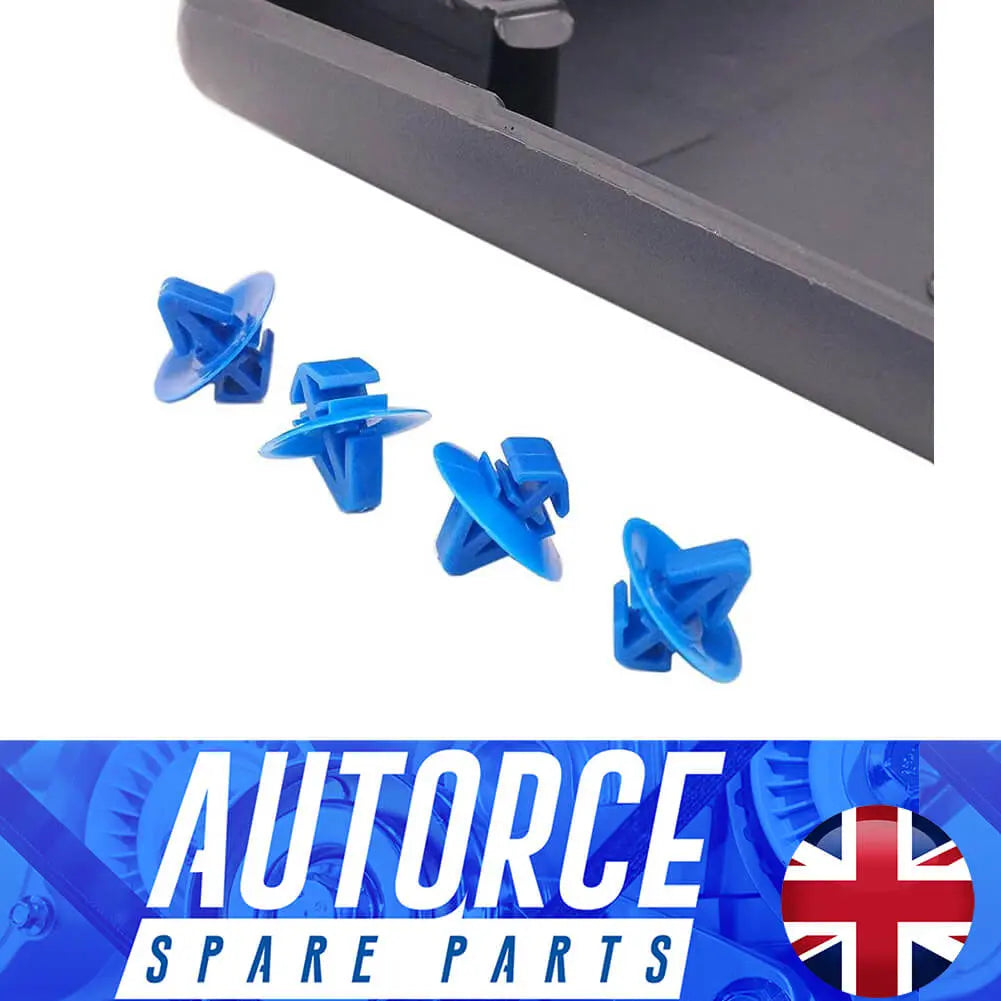
Side Door Pillar Moulding Trim Right For Nissan Primastar (2001 - Onwards) 93852554, 91165349, 8200036105, 8200326370
In stock, 50 units
Sale price£14.90
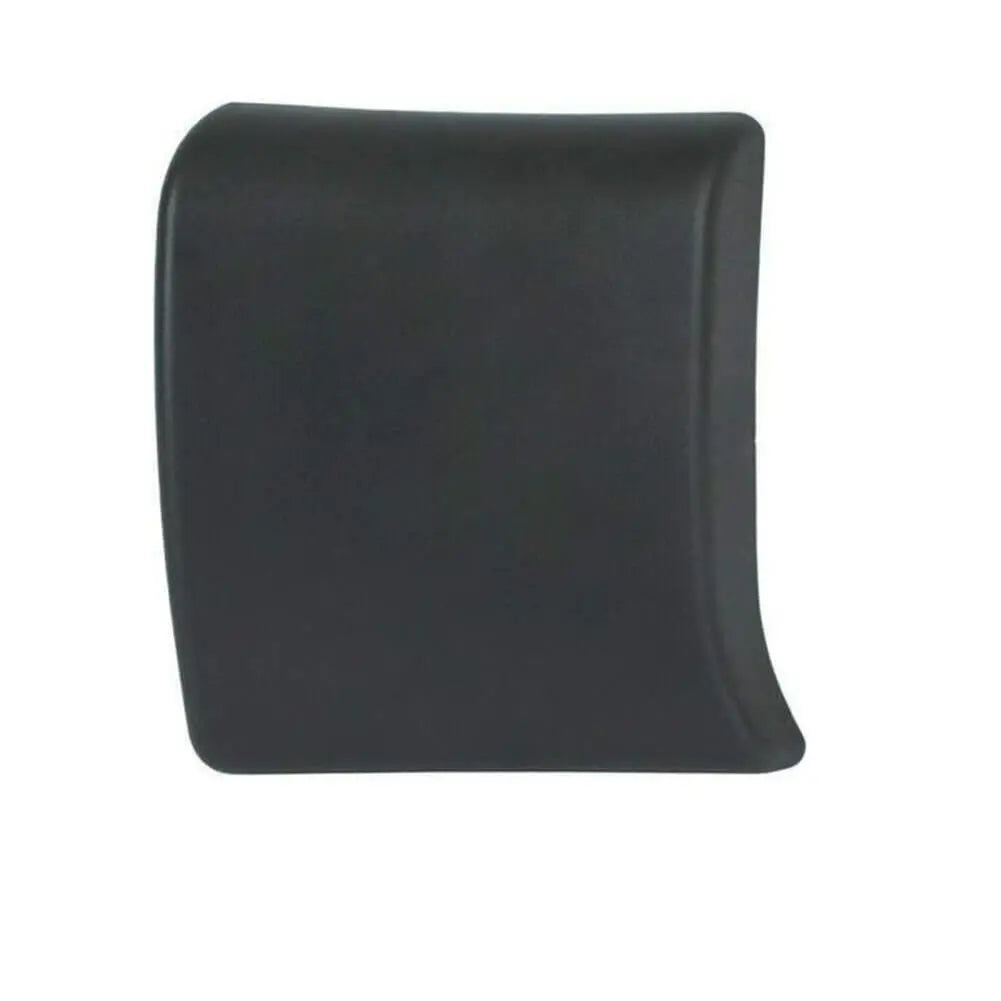

Side Door Pillar Moulding Trim Left For Opel Vivaro (2001 - Onwards) 93852554, 91165349, 8200036105, 8200326370
Only 10 units left
Sale price£14.90
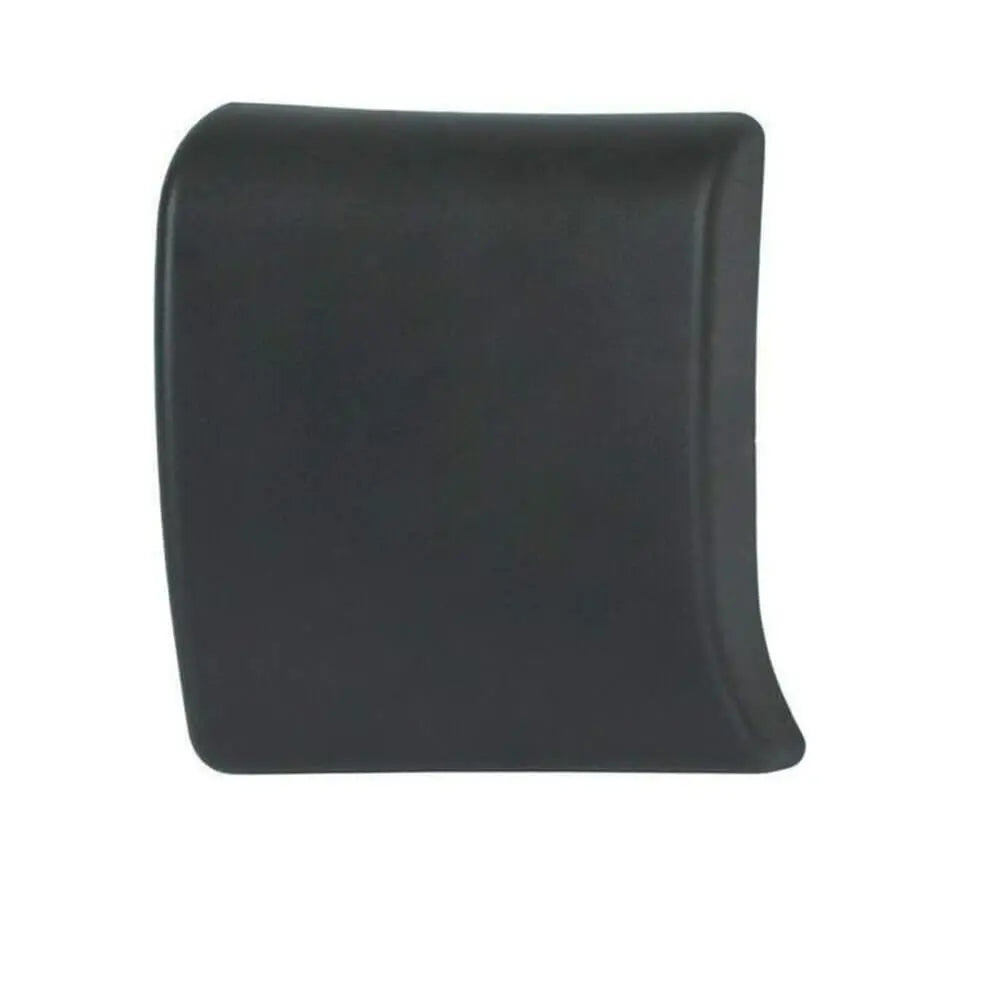
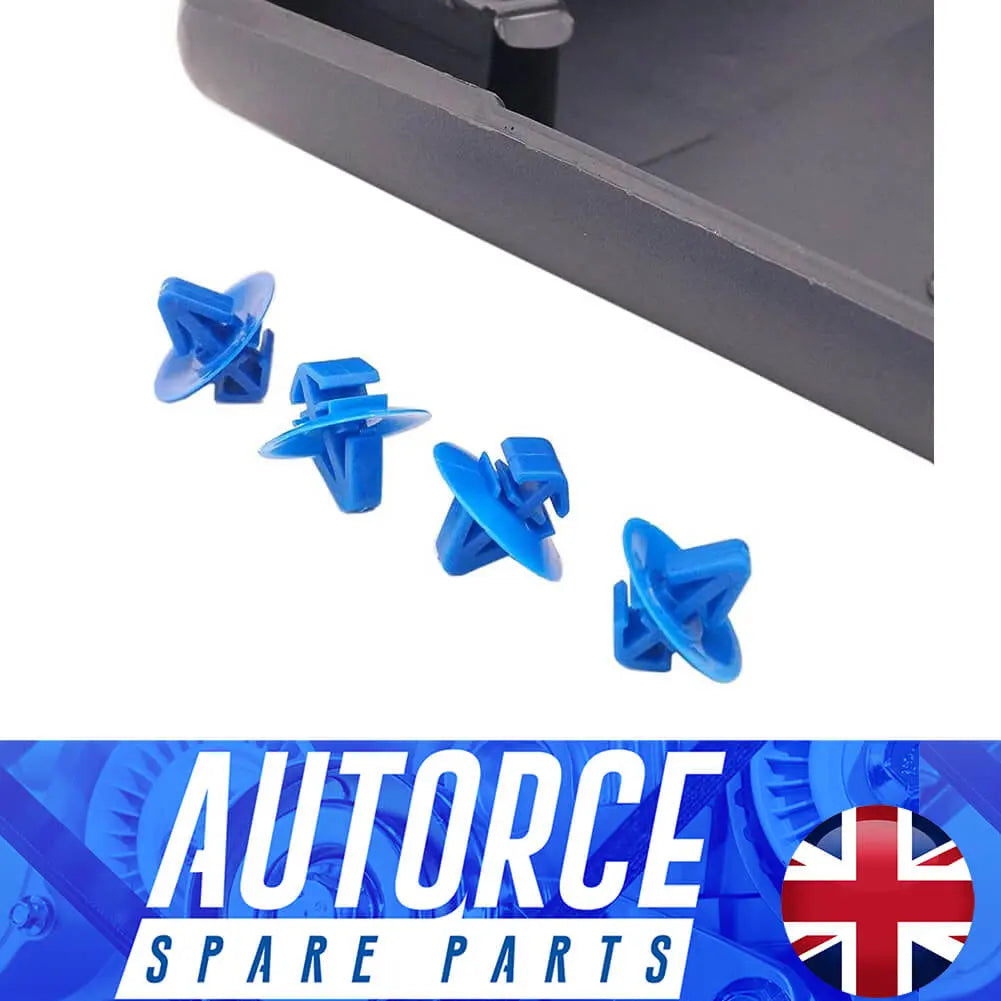
Side Door Pillar Moulding Trim Left For Nissan Primastar (2001 - Onwards) 93852554, 91165349, 8200036105, 8200326370
Only 10 units left
Sale price£14.90
Filters (0)
